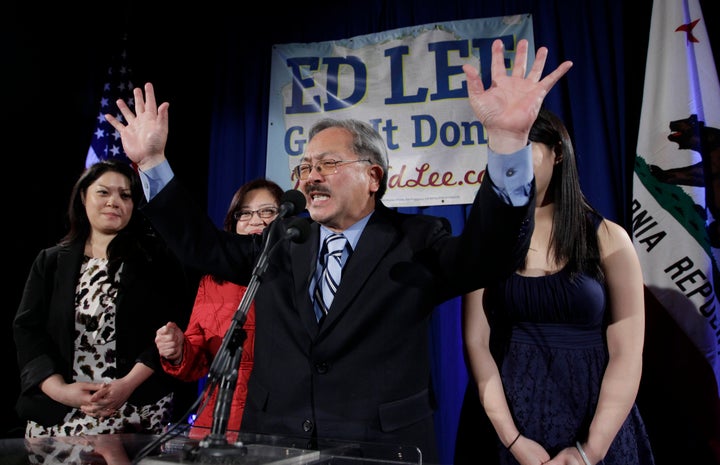
In recent weeks, references to Latino and Asian political participation and representation have been qualified with the phrase "more than ever before." In the past two weeks alone, there have been news stories on the growing number of Latino candidates in Illinois and Cook County and the record number of Asian American Congressional candidates in 2012. And this month, UCLA's Asian American Studies Center reports that the number of elected and appointed officials from Asian American communities is higher than it has ever been. The Center's most recent edition of the National Asian Pacific American Political Almanac offers information on elected and appointed officials at the state, national and local level, from the diverse communities that are classified as Asian Pacific Islander (API) Americans.
Unlike other publications that trumpet the achievements of Asian Americans, the Almanac is supplemented by articles from practitioners and academics calling for greater attention to the policy needs of API communities. A recurring theme is the need to disaggregate data on APIs, in order to distinguish the income disparity between higher income and poverty-ridden subgroups, distinct educational characteristics between ethnic groups, and differential participation in small business and other sectors of the economy. Although resource intensive, data disaggregation is largely an administrative process that in many cases, the Obama administration and state officials can address. For example, groups like the Coalition for Asian American Children and Families have been making this demand at the local level in New York City for years.
Almanac co-editors Don Nakanishi and James Lai mention the significant number of recently elected Asian Americans rising to some of the highest-ranking positions in state government and the success that Asian American candidates have had in suburban areas. They also pose questions about APIs ability to sustain political gains over time, even in areas where they constitute a significant portion of the population, and the potential for API success in multiethnic coalition-building in multiracial jurisdictions across the country. Both the achievements and the forward-looking questions reaffirm the potential for Asian American electoral participation, which is being shaped by a growing population, wins in representation, and increased access.
The Asian American population is growing faster than any other minority group in the country, including in battleground states, and its electoral potential is promising. Buoyed by the election of New York City Comptroller John Liu in 2009, Oakland Mayor Jean Quan in 2010, and San Francisco Mayor Ed Lee in 2011, Asian Americans in cities with significant API populations are strategizing to influence the outcome of redistricting and elections, register the remaining 3.8 million Asian American voters who are eligible to vote, and capitalize on recently released regulations on language access at the polls and the increased availability of voter registration at naturalization ceremonies. Population, representation and access are the cornerstones of this new era of participation in Asian American communities, one that will bring with it the policy changes that are long overdue.